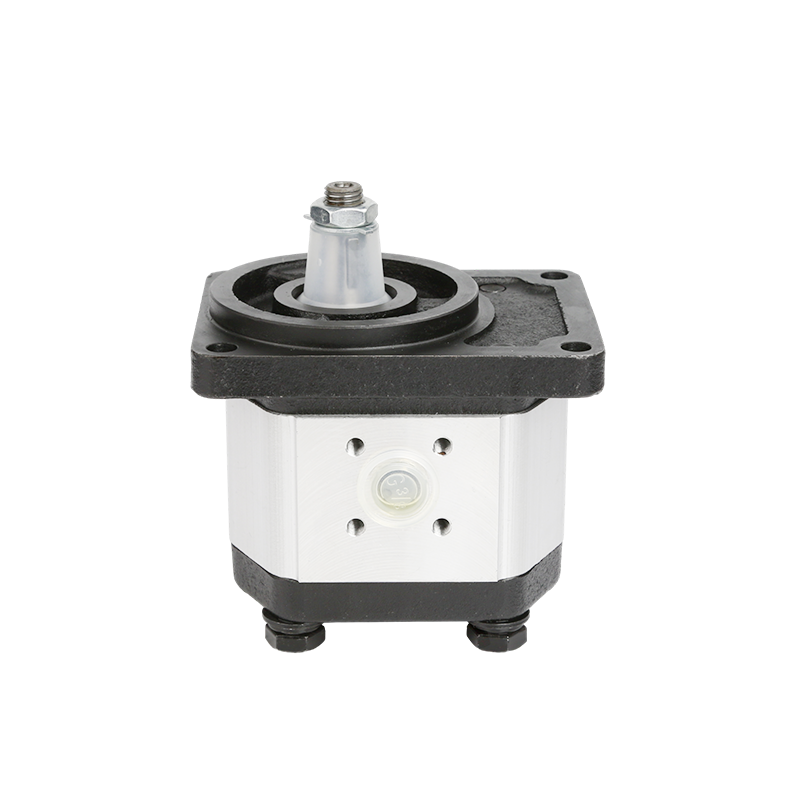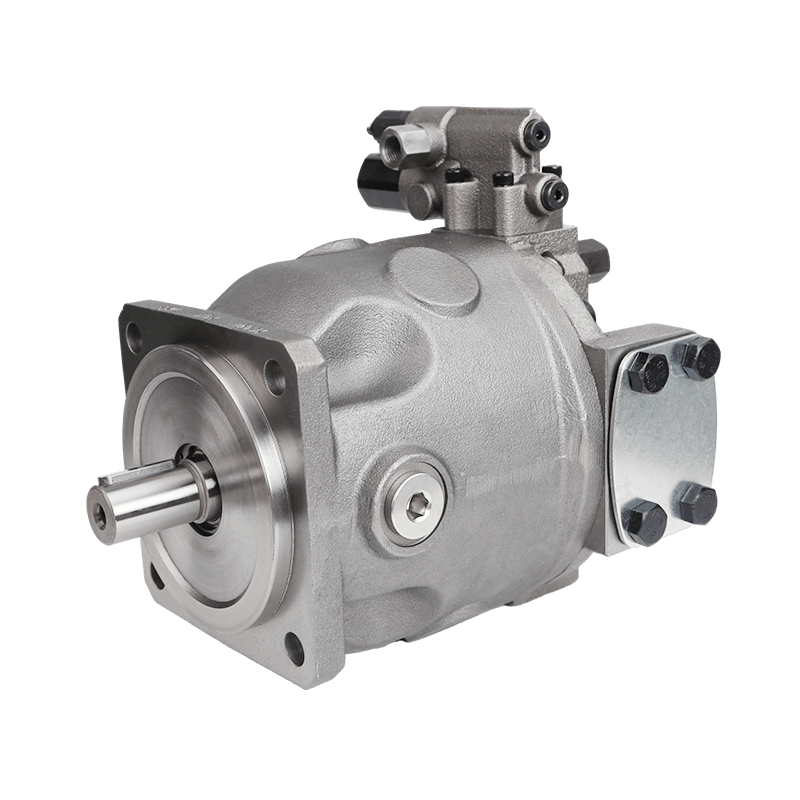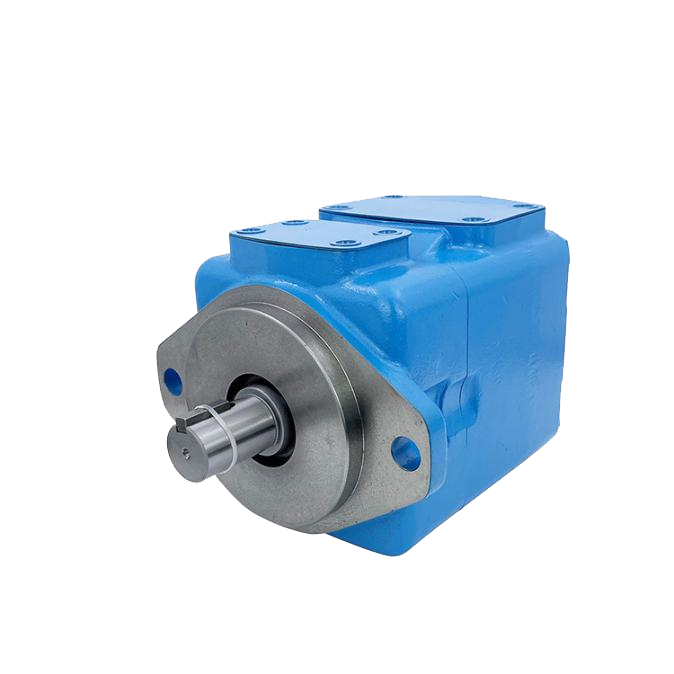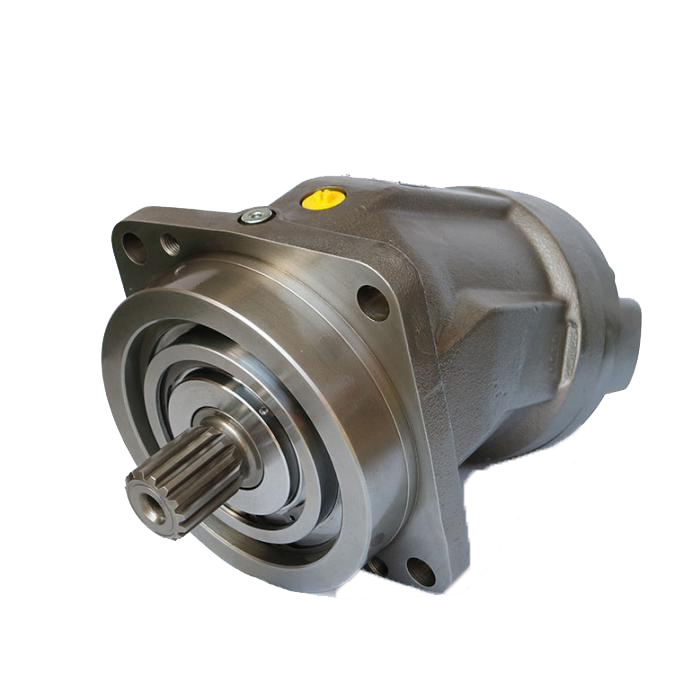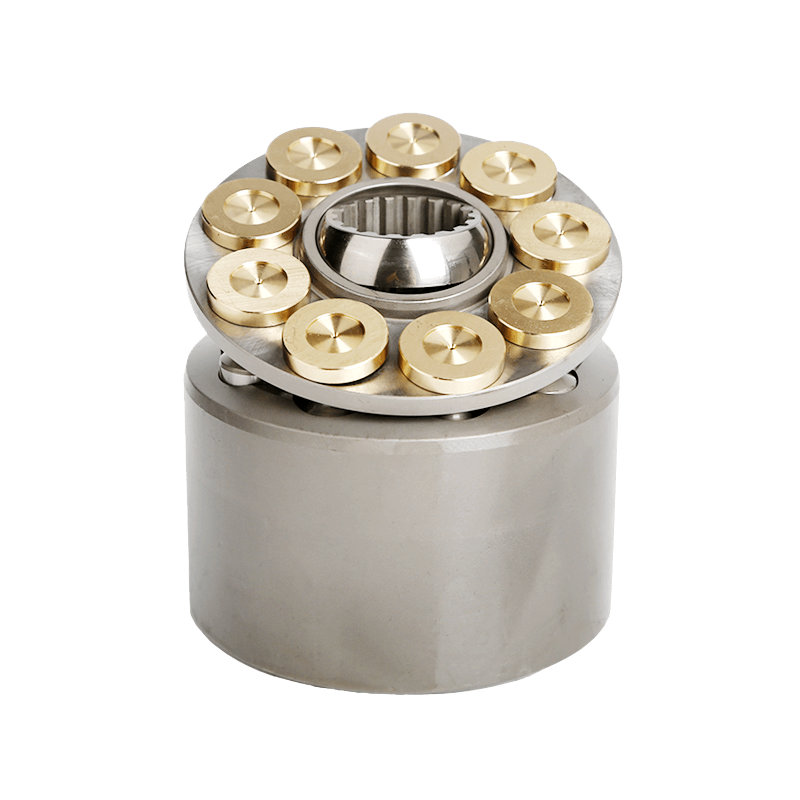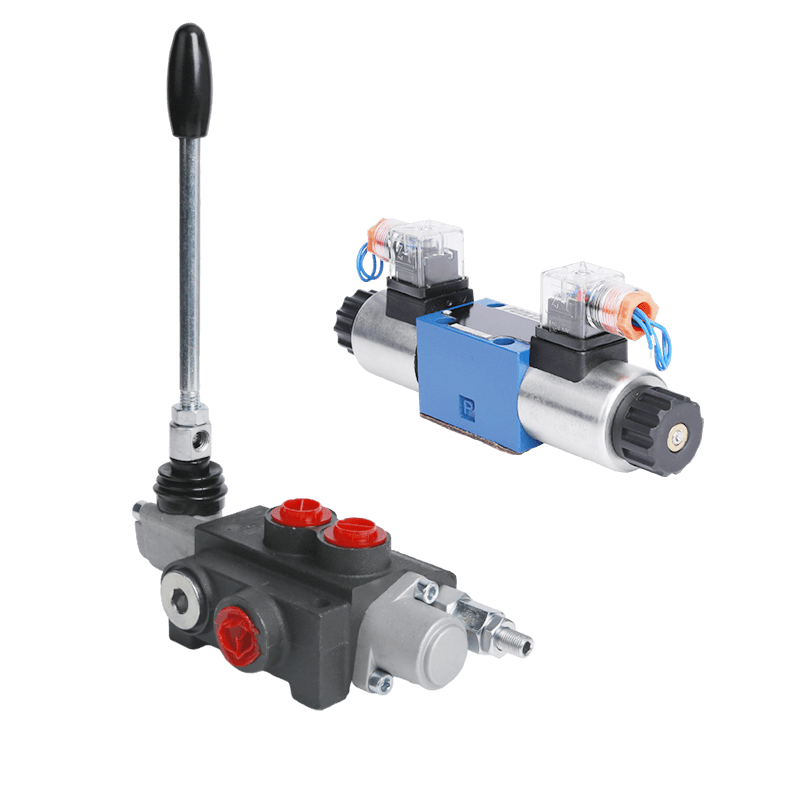Introduction
Gear pumps are super important in lots of industries. They move liquids in a steady, trusty way. You’ll find them in hydraulic setups, lubrication jobs, or even with gooey fluids. Their easy build, solid performance, and ability to fit many tasks make them a go-to choice. This write-up dives into what gear pumps are, how they do their job, and the kinds you can get.
What Are Gear Pumps?
A gear pump is a type of positive displacement pump. It uses gears to shove liquids through pipes or systems. Unlike centrifugal pumps that whirl fast to build pressure, gear pumps grab a fixed bit of fluid each time the gears spin. That’s why they’re awesome for tasks needing a smooth, precise flow.
These pumps are part of the rotary displacement family. They come in two big types: external gear pumps and internal gear pumps. Both rely on gears that turn, but the way the gears are set up and how the liquid moves is a tad different. Other pumps might slide back and forth, but gear pumps keep spinning. This makes them more efficient and great for thick liquids.
Types of Gear Pumps
External Gear Pump
In an external gear pump, two gears sit next to each other. Each one has its own rod to turn on. The gears’ teeth touch on the outside. One gear, the “master,” does the driving. The other, called the “idler,” only spins when the master moves it.
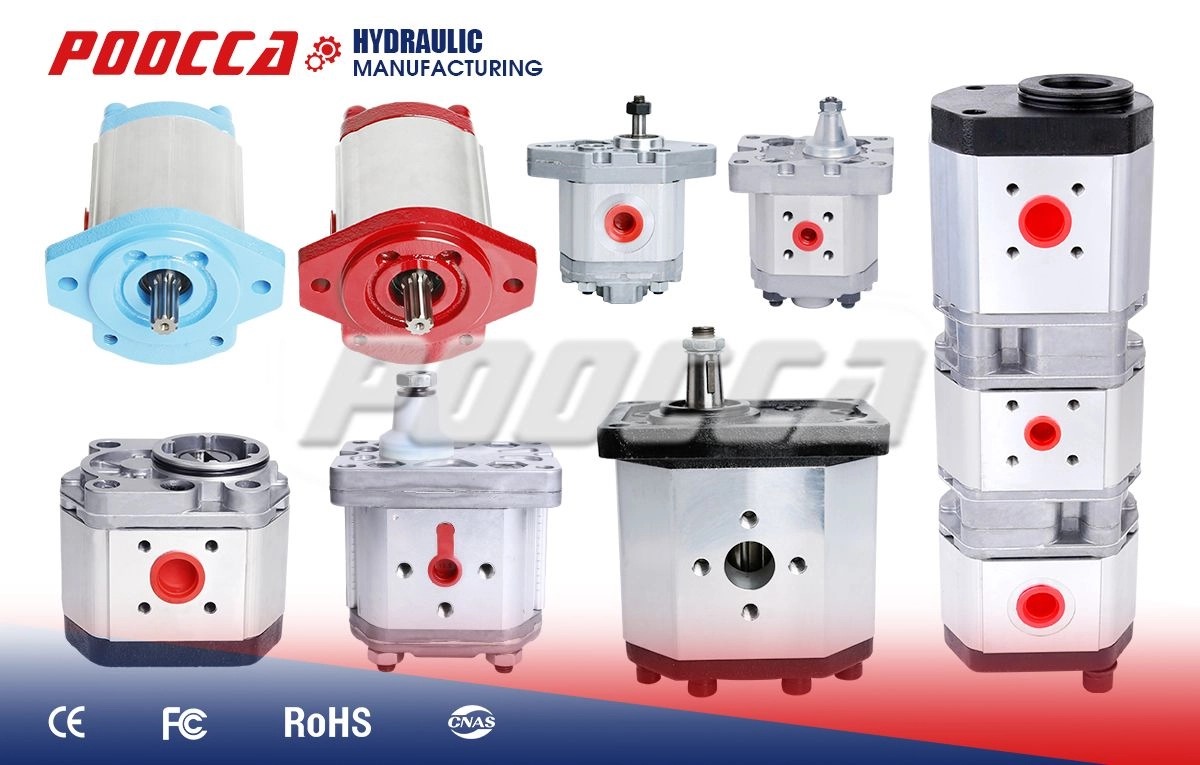
Internal Gear Pump
An internal gear pump has one gear tucked inside another. The smaller one, called the rotor, sits inside a bigger idler gear. These gears fit together tightly, making spaces that grab and push liquid along. These pumps are great for thicker stuff and can suck in fluid really well.
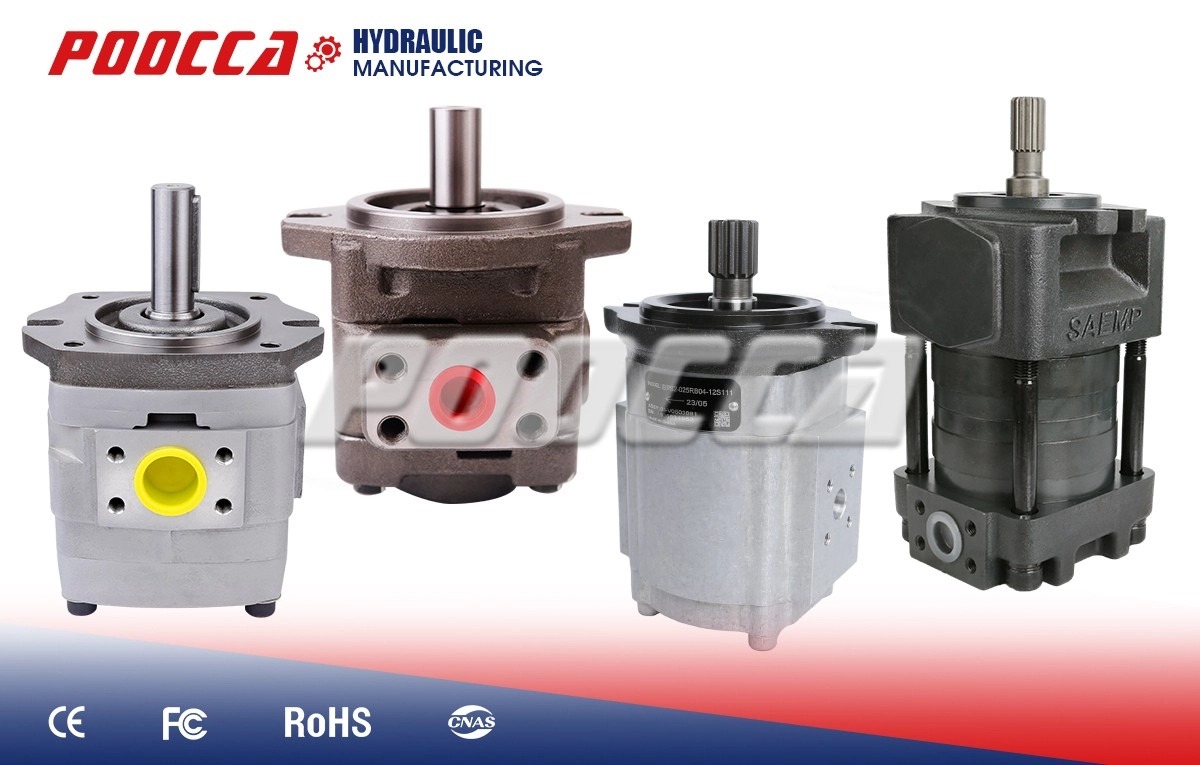
How Do Gear Pumps Work?
Gear pumps catch liquid in pockets formed by their spinning gears. The liquid goes from the intake side to the output side. The main idea stays the same for both external and internal gear pumps, though the details change a bit.
External Gear Pump Operation
Liquid flows into the pump through the intake. When the gears turn, the gaps between their teeth get bigger. This pulls liquid in like a vacuum. The gears carry this liquid around their edges. Then, when the gears lock together, the liquid gets pushed out. The constant turning keeps the flow nice and steady.
Internal Gear Pump Operation
In an internal gear pump, the rotor gear spins first. It hooks up with the idler gear, creating pockets that hold liquid. The liquid gets carried to the output side. As the gears come together, those pockets shrink, squeezing the liquid out. A crescent-shaped seal keeps the gears apart, stopping leaks and keeping the flow smooth.
Gear Pump Applications
Gear pumps are super handy. They work in tons of industries, especially with thick liquids. Here’s where you might see them:
- Hydraulic Systems: Gear pumps handle big pressure and keep flow steady in hydraulic setups.
- Lubrication Systems: They move oil and lubricants around in machines and cars.
- Chemical and Pharmaceutical Industries: Gear pumps push thick chemicals, resins, or medicines with precision.
- Food and Beverage: They handle sticky stuff like honey, syrup, or peanut butter.
- Paints and Coatings: Gear pumps help make paints, coatings, and glues that are thick.
Special Characteristics
Gear pumps shine with thick liquids like oils, paints, resins, or foods like corn syrup. Their tight build makes them perfect for sticky stuff that needs a steady push.
But they’re not perfect for everything. Gritty particles can wear out the gears, making the pump less effective. For those cases, internal gear pumps with looser fits might do better.
Advantages of Gear Pumps
- Tiny Size
Gear pumps are simple, with just a few moving bits. This keeps them small, saving room in machines. - Smooth Flow
They give a steady, exact flow, which is great for jobs needing precise liquid movement, like metering. - Self-Starting
Unlike centrifugal pumps, gear pumps can kick off on their own. They clear out air, which helps in systems with air bubbles. - Works with Lots of Liquids
From car oils to food items, gear pumps handle all sorts of fluids, especially thick ones or those with tiny bits in them.
Disadvantages of Gear Pumps
- Wears Out
The tight setup can get worn over time. If parts break down, leaks might happen, and the pump won’t work as well. - Small Flow Amounts
Gear pumps are good for high pressure but not big volumes. For jobs needing lots of liquid, centrifugal pumps might be better. - Not for Gritty Stuff
Gritty materials or big chunks can damage gears, cutting efficiency or breaking the pump. - Hates Heat
Gear pumps don’t like getting too hot. High heat can mess up the gears’ alignment, harming the pump.
External vs. Internal Gear Pumps: Which to Pick?
Both types of gear pumps have their spots. The choice depends on what liquid you’re moving and the conditions.
- External Gear Pumps: Best for thinner or medium-thick liquids. They’re small, cheap, and used in cars, hydraulic systems, or lubrication jobs.
- Internal Gear Pumps: Great for thick liquids, hot conditions, or when you need strong suction. They’re common in food, drink, or chemical work.
FAQ
What’s the main idea behind a gear pump?
A gear pump grabs liquid between two turning gears. The gears push the liquid from the intake to the output. This keeps the flow steady.
What’s good about gear pumps?
Gear pumps are small, trusty, efficient, and can handle lots of liquids. They’re great for thick stuff and start on their own.
Where do you see gear pumps?
They’re in hydraulic systems, lubrication jobs, chemical work, food and drink production, or car and boat systems.
What are gear pump downsides?
They can wear out, especially with gritty liquids. They’ve got pressure limits and don’t like temperature swings.
Choose POOCCA for Top-Notch Gear Pumps
Looking for solid hydraulic solutions for your business? Whether you’re in construction, farming, manufacturing, or dealing with liquids, our high-quality gear pumps are perfect. At POOCCA, we sell internal and external gear pumps at factory prices, giving you awesome value.
With over 20 years in the game, we offer custom fixes for your needs, backed by a 12-month promise. Don’t wait—boost your hydraulic systems with reliable gear pumps from POOCCA.
Reach out at +86 18938028776 or email sales@kamchau.com for info, quotes, or to order now! Let POOCCA make your operations better with top-quality gear pumps.

